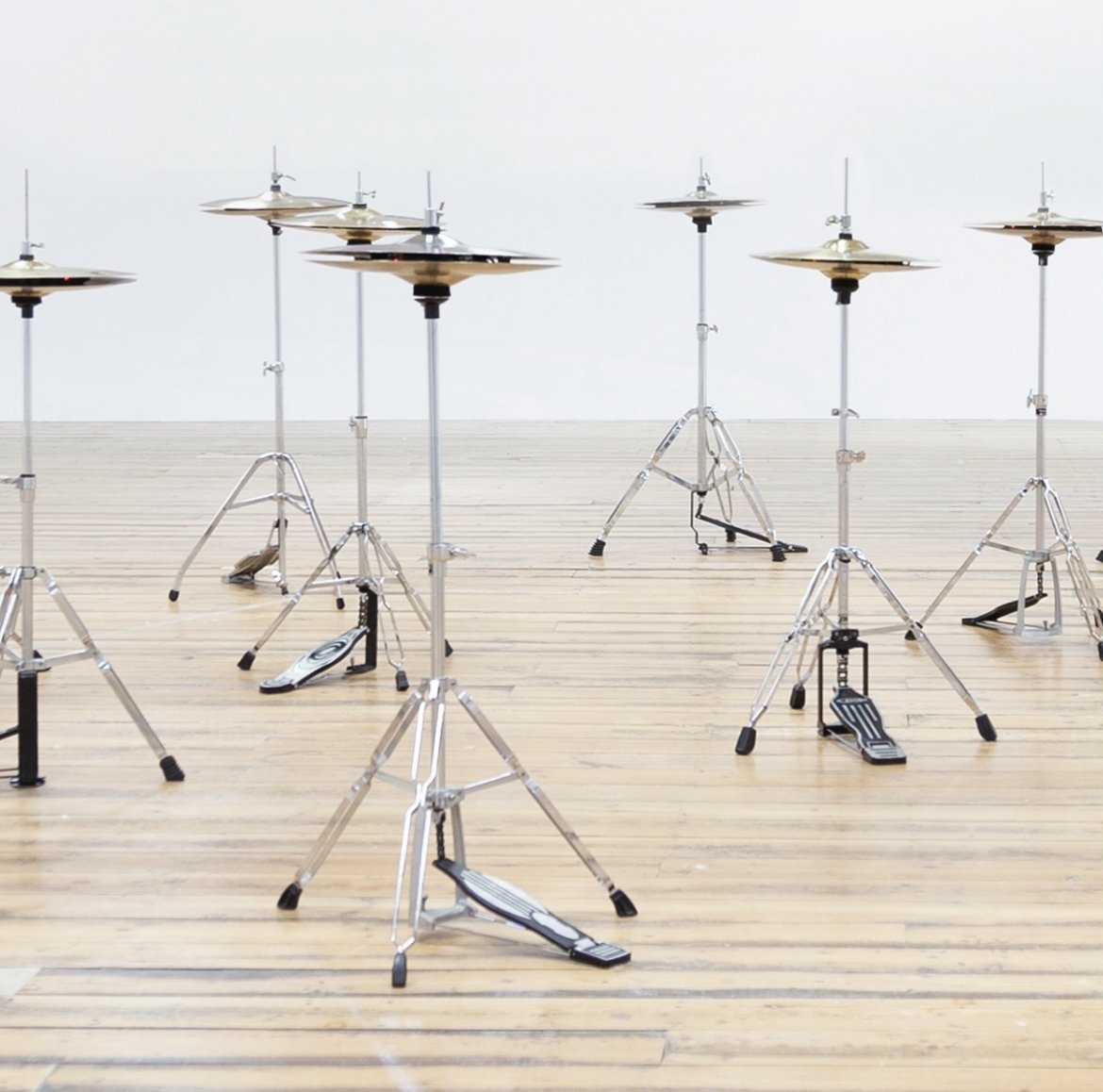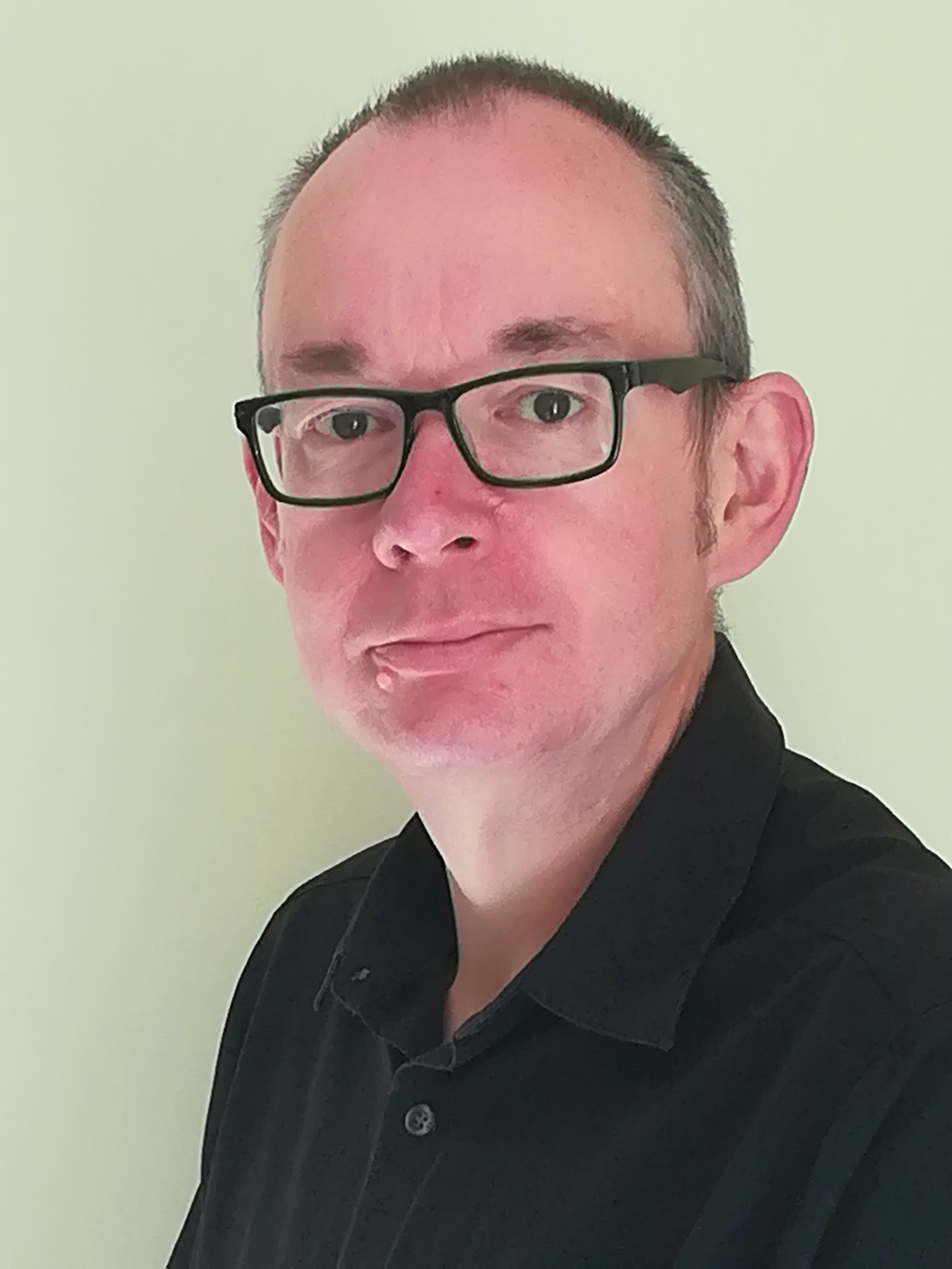SEISMIC SCIENCE: PROFESSOR WILLIAM CHAPLIN
Dr William Chaplin is Professor of Astronomy at the University of Birmingham, where he heads the Solar & Stellar Physics Research group in the School of Physics and Astronomy. He won the 2020 Institute of Physics Fred Hoyle Medal and Prize for revolutionary progress in the understanding of the stellar interiors of stars, through his leadership of the solar-type asteroseismology programme of the NASA Kepler mission. He has also been actively engaged in a wide range of collaborative creative projects and oversees PHYARTUoB, a programme of engagement in the arts-science domain .
As our commissioned piece for 03 ASTROPHYSICS, SEISMA invited artist David Rickard to create a work responding to and researching astrophysical principles and ideas. The intriguing and beautiful Cosmic Field (3.7mHz), 2023, emerged (shown above), developed in dialogue with Professor Chaplin and realised with the technical expertise of researcher and computational artist Dr Freddie Hong, and this work has been shown for the first time at SEISMIC: ART MEETS SCIENCE at GIANT Gallery in Bournemouth, UK.
The SEISMIC: ART MEETS SCIENCE group exhibition, curated by Paul Carey-Kent, draws on a broad scope of scientific themes to explore the numerous links between science and the arts. Each exhibited artwork is accompanied by dual commentary – one from an ‘arts’ perspective, written by Carey-Kent, and the other by a scientist with expertise relevant to the creative work – and for Cosmic Field (3.7mHz), scientific commentary was written by Professor Chaplin.
We caught up with Professor Chaplin to ask about his own path into astrophysical research and about his thoughts on and experiences of interdisciplinary working.
How and when did you first become interested in physics and astronomy and how did your interest develop?
As a young child I was fascinated by NASA’s manned space programme, and over time this evolved to an interest in understanding the world around us. I did a Physics with Astrophysics degree at University, and was intrigued by the work of one of the staff, Professor George Isaak. He made the discovery that the entire Sun pulsates rhythmically, resonating just like a musical instrument. I did a PhD with George, and continued into an academic career studying the Sun and other Sun-like stars in our Galaxy.
What is the main focus of your current research?
My research is focused on unlocking the secrets of how the Sun (and other stars like the Sun) has evolved, and what its future holds. I use the natural resonances of the Sun (helioseismology) and other stars (asteroseismology) to reveal this information: these stars pulsate due to sound trapped in their interiors. We can observe the stars breathing in and out due to this trapped sound, and as a result reveal a treasure-trove of information about what would otherwise be their hidden interiors.
What is the most compelling question you would like to answer or to see answered in your field of research?
I have played a leading role in exploiting data from NASA Missions to study Sun-like stars, in particular those that have been discovered to host planets. Knowing as much as we can about the host star is crucial to understanding these newly discovered planetary systems; and so an obvious question to ask is how many suns are there in our Galaxy that have planets similar to our own Earth that host life?
Do you feel interdisciplinary working with the arts and humanities can help with your work? If so, how do you think the arts might provide a useful contribution?
Yes, very much so: art-science collaborations opens the possibility to use art to engage audiences to think about and be aware of cutting-edge science research, audiences that might not otherwise have been aware of such discoveries. The arts and humanities can also challenge scientists to think about the wider context of their work; and can in some cases shape it.
I have collaborated with a range of artists who employ sound, film, sculpture, photography and dance to create new ways of thinking about and experiencing physics, as well as the relationship between science and art. The PhyArt@UoB project has helped realise and fed into a variety of performances and exhibitions, creating new educational and creative outputs that celebrate the relationship between art and science.
What is the most memorable form of creativity you have ever experienced and why was the experience memorable?
This is a tough question! I think I have to choose a piece of work by sound artist Caroline Devine, someone I have enjoyed collaborating with on several projects. The piece I would choose is Carrier Waves, left and right channels, 2012, which was installed at Bletchley Park. I remember visiting Bletchley very early in our collaboration, and experiencing Caroline’s art made me appreciate how lucky I was to be working with her.
For more information on Professor Chaplin and his work, please see here.
Image of Professor Chaplin ©️ William Chaplin.
Image of Cosmic Field shown courtesy of the artist and GIANT Gallery ©️ David Rickard and Ed Hill Photo for GIANT Gallery.


